
Tap to Read ➤
What is Magnetic Healing?
Rita Putatunda


Magnetic healing is not a new concept. Aristotle expounded on the use of magnets as a therapeutic means of healing sometime around 350 BCE. Magnetic therapy is believed to be effective in relieving pain caused by various conditions.
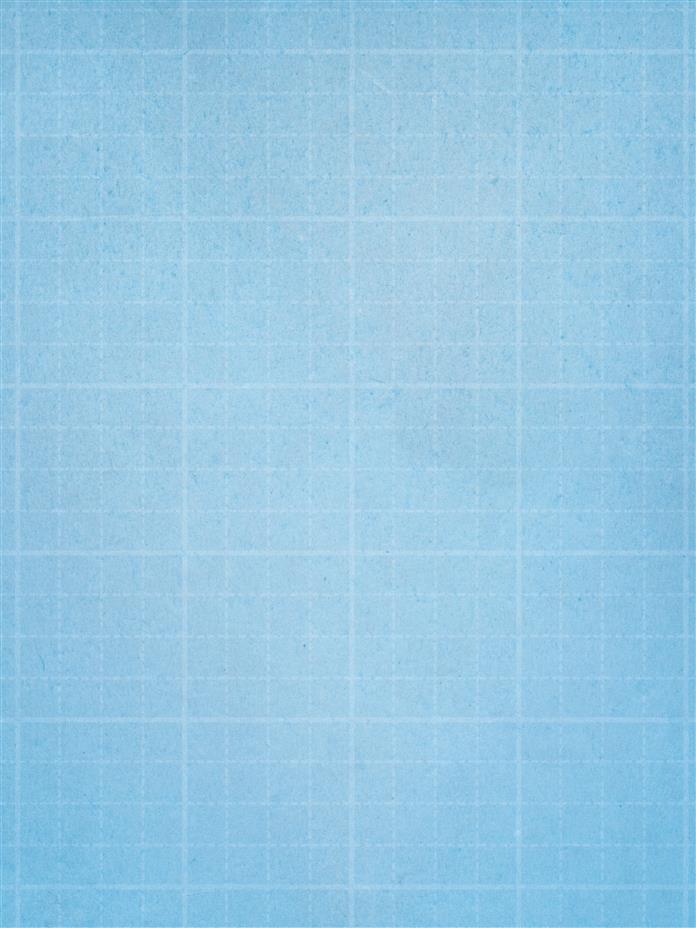
Around 200 BCE, the Greek physician Galan used magnets to heal ailing individuals. Persian physicians were treating muscle spasms with magnets in 1000 CE. Magnetic therapy was advocated by Paracelsus, a Swiss physician, in the 1500s.
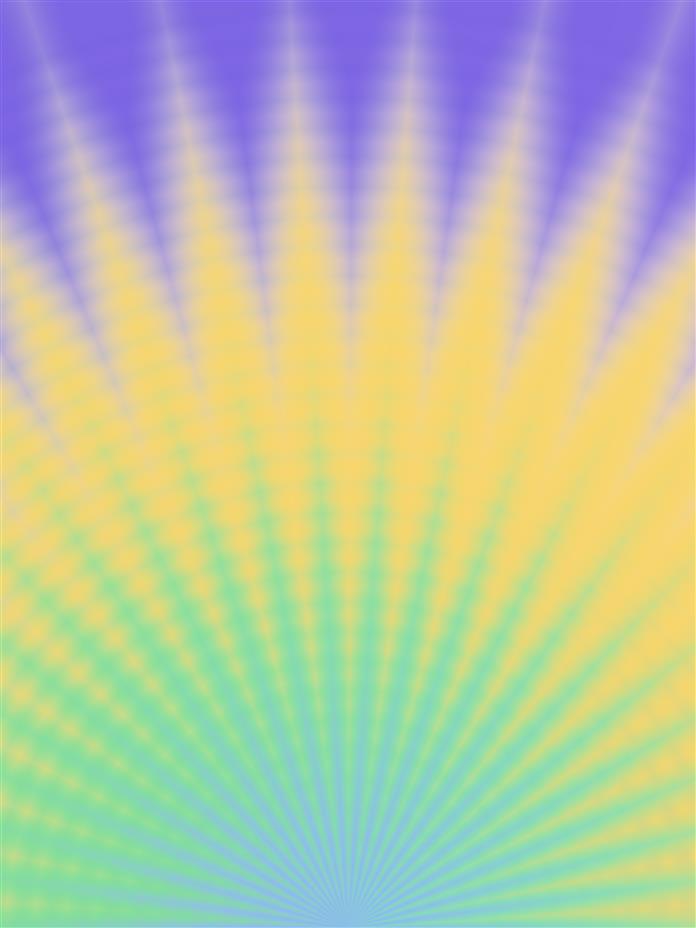
Franz Mesmer, of Mesmerism fame, is said to have placed his patients in a magnetic bathtub filled with iron filings, to induce what he called a magnetic trance, in order to cure them.

In the 1800s, Elisha Perkins used 3-inch nail-shaped pieces of magnetized metal to touch the body in order to cure his patients. The founder of homeopathy, Hahnemann, also believed in the therapeutic value of magnetic therapy.
Is magnetic healing really possible?

While alternative medical practitioners of today have long been recommending it, recent research suggests that there may be some truth to it.
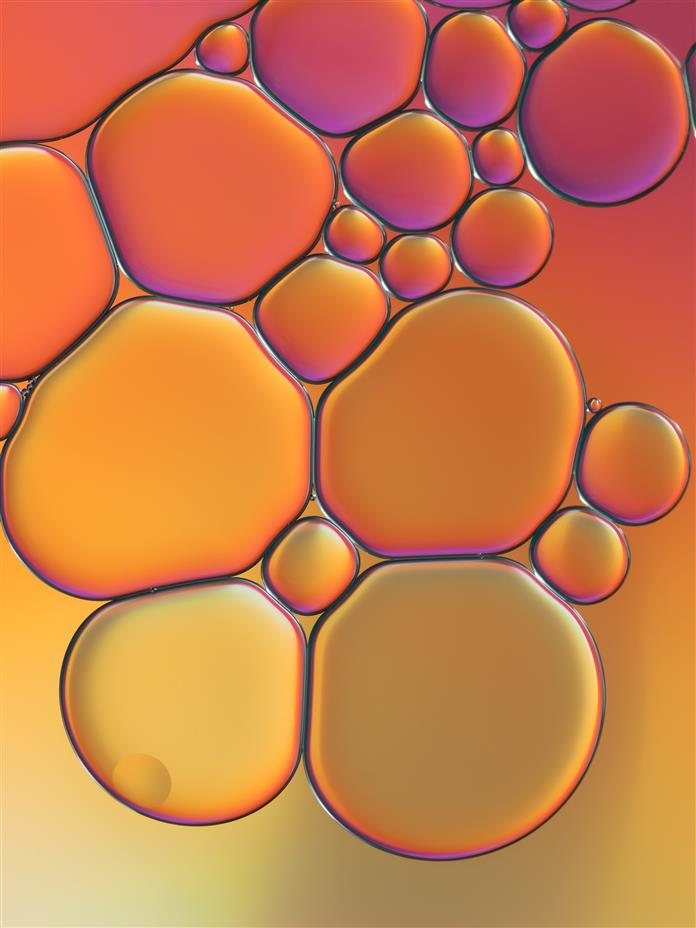
According to a research conducted recently, it was found that magnets could block pain that was caused by post-polio syndrome, a condition that affects about 20 percent of those afflicted with polio later in life.
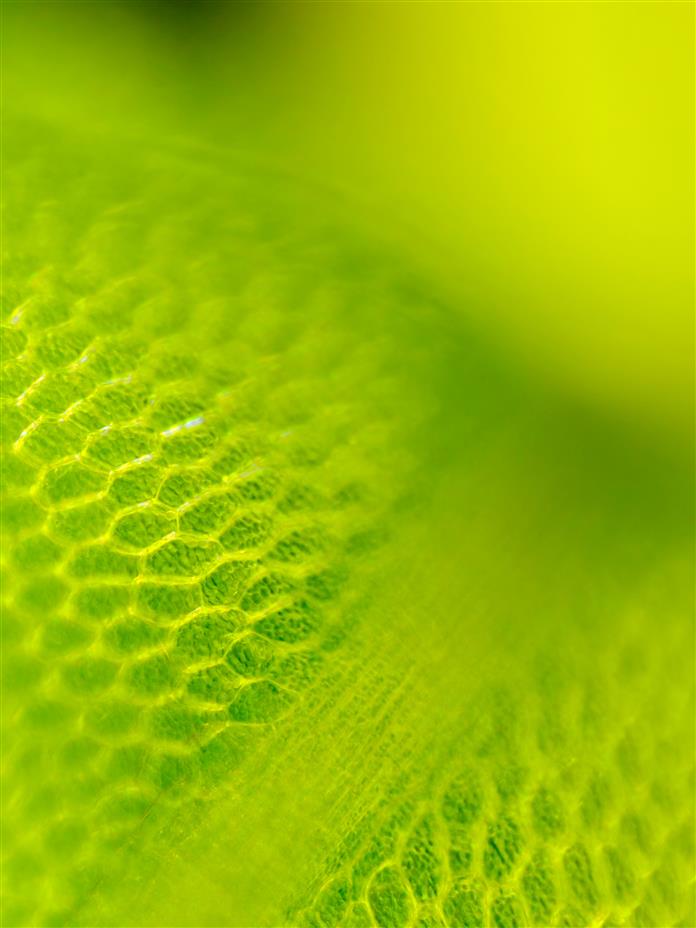
In the study, 76% polio patients experienced relief from pain when they were treated with a magnet, compared to only 18% who were treated with a sham magnet.

The effectiveness of magnetic therapy has been proven in various other studies too. For example, it has been found that magnetic foot pads relieved the pain, tingling, and numbness caused by diabetic neuropathy, more effectively as compared to nonmagnetic foot pads.
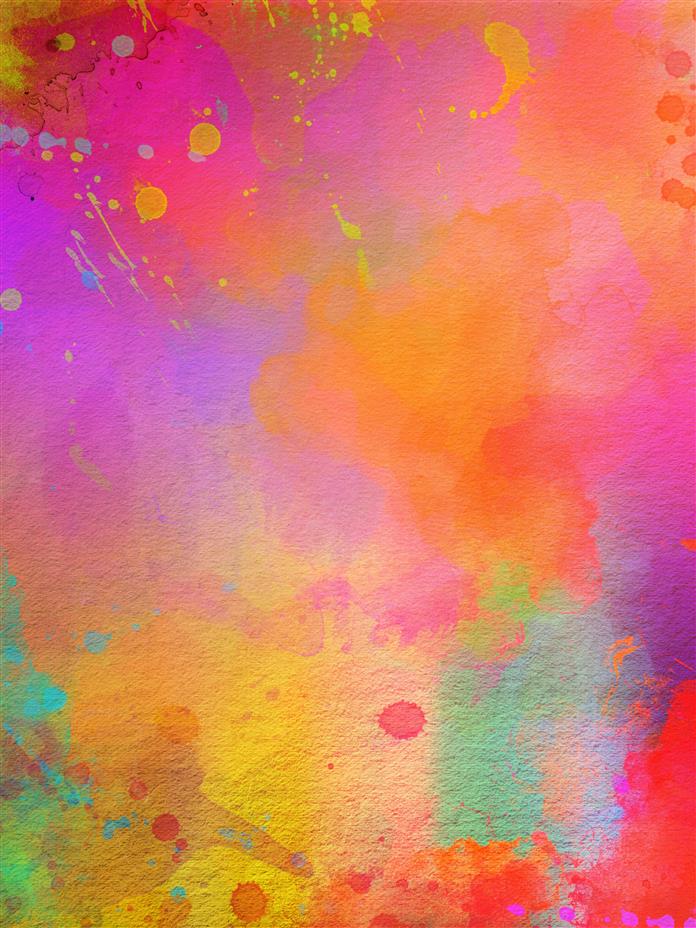
And in another research conducted on fibromyalgia patients, it was found that magnets helped in relieving the muscle pain that this mysterious condition caused.
How does it help in relieving pain?

When a magnet is put on the affected area of the body, it relaxes the walls of the capillaries, hence, increasing the flow of blood to the painful area.

It also interferes with muscle contractions, thus preventing muscle spasms, which is the underlying cause of many types of pain. Plus, magnets impede the ability of nerve cells to transmit pain messages to the brain. While over-the-counter pain relieving medications which may have risk of side effects magnets are better option.

How are the magnets chosen?
Therapy magnets come in various strengths, sizes, and shapes. It is recommended to begin by using one or more magnets, shaped like coins, made of neodymium-boron, a rare earth metal. These magnets are less expensive, and work as well as other magnets for most conditions.

The measurement of magnetism is done in gauss. Eg., a magnet used in a typical refrigerator is around 10 gauss, which is too weak and not likely to be helpful for any condition other than perhaps a small bruise. The strength of magnets used in magnetic healing range from 450 - 10,000 gauss. Higher the strength, more the effective it is in pain relief.
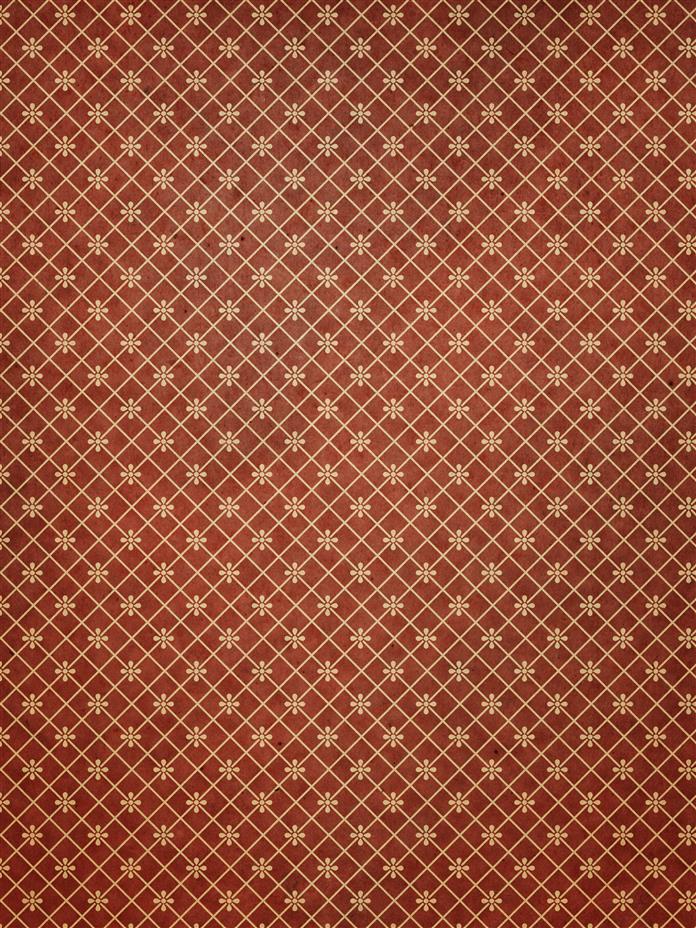
How are they used in healing?
Magnets are affixed directly on the painful part of the body. While ordinary adhesive bandages are used by some people to affix the magnets, these days, you get paper tapes that work better. Not only do these hold the magnets well, but an additional advantage is that when they are removed, they don't pull on the hair on the skin.
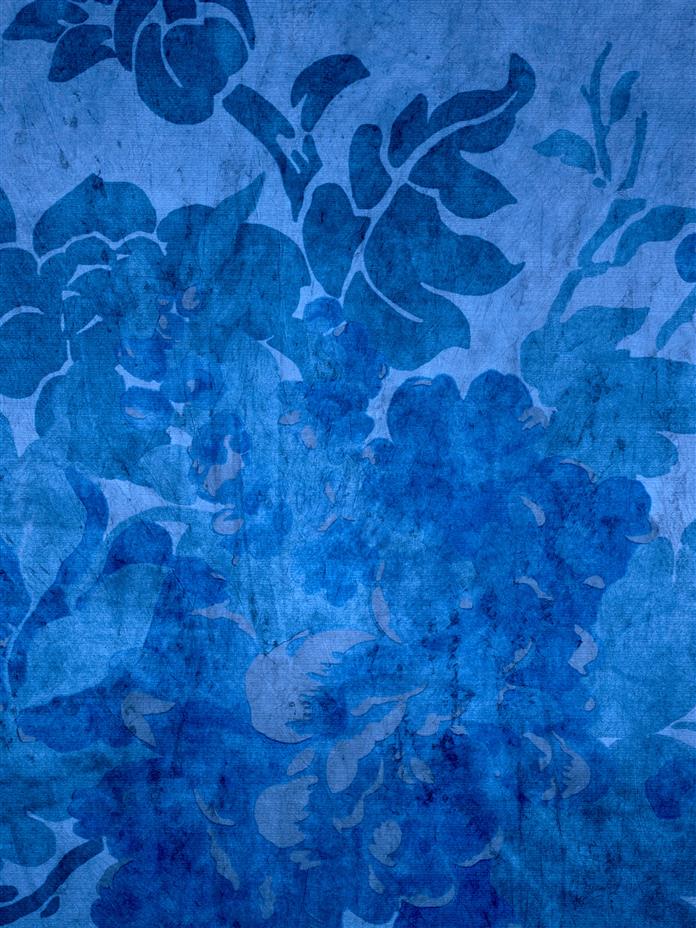
In case the magnet does not relieve the pain within a few days, it is recommended to reposition it over the closest acupuncture point. If relief is not felt within a month even after repositioning, then the chances are high that it will not work, and it will require some other conventional treatment, which your doctor will advise you about.
Conditions that magnetic therapy helps in relieving

- Headache: Magnets should be affixed on the temples or behind the head, just above the nape. Or a magnetic headband can be used.
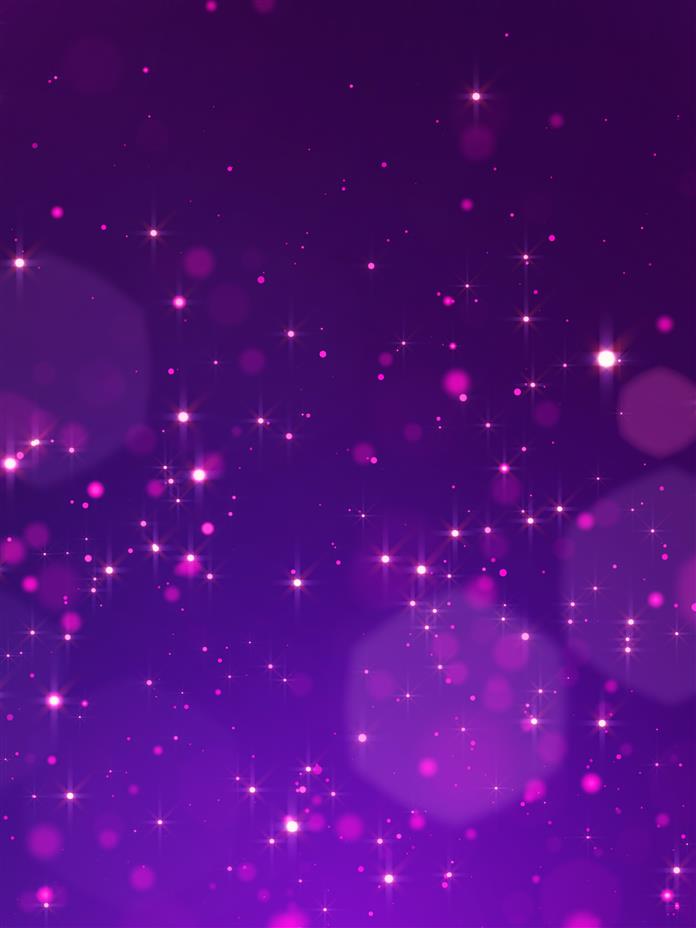
- Back Pain: Four magnets should be placed on either side of the spine at a distance of about 1.5 inches. If it's too difficult to affix and remove several magnets, a magnetic brace or a 3-4-inch ceramic strip can be used instead.
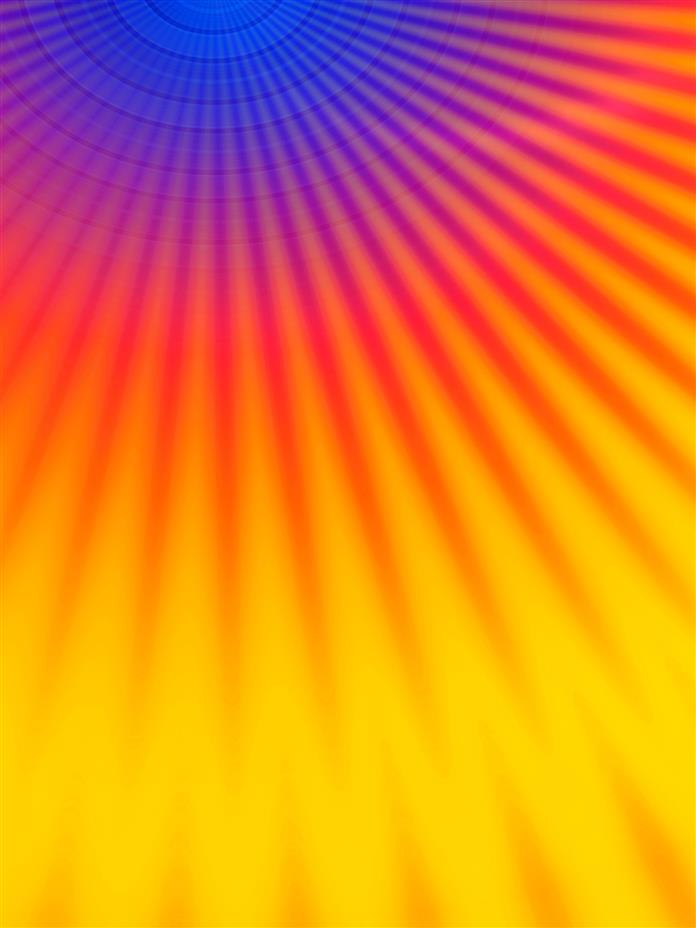
- Tennis Elbow: Magnetic bands are available that can be used around the elbow. These bands can also be used to relieve arm and hand pain caused by injury due to repetitive strain.
- Aching Feet: You can find relief for aching feet that usually occurs after standing on them all day, or any other foot pain, by using magnetic insoles.
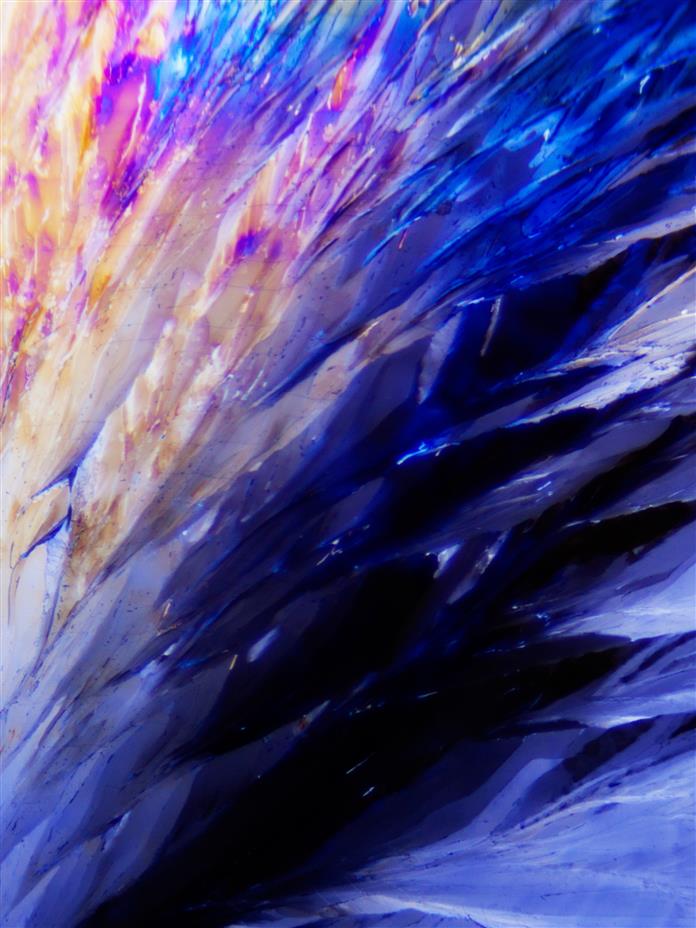
- Arthritis: Magnetic wristbands or taped neo magnets can be used on the affected fingers or wrists, or any other joint.